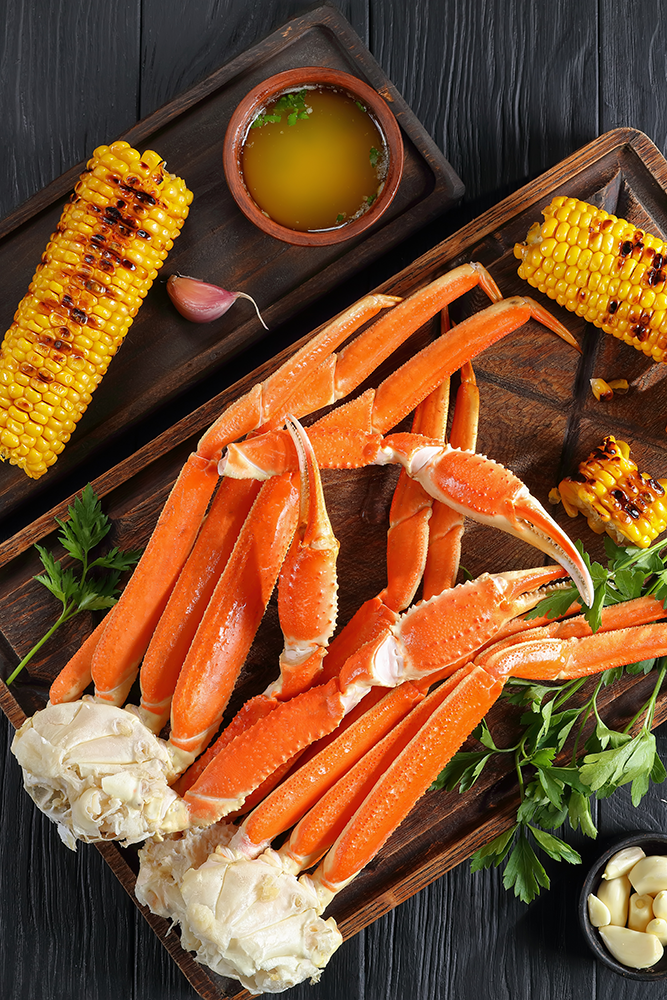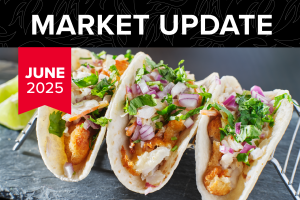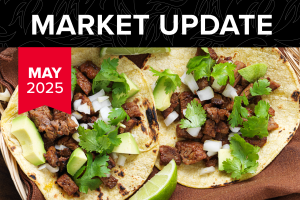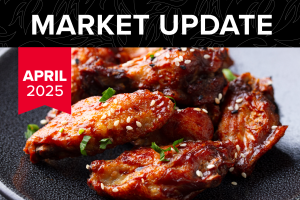Your monthly update on the state of the pork, poultry, beef, and seafood industries, direct from the category experts at Y. Hata.
Poultry
As we shared last month, the high cost of energy, fuel, feed, labor, and packaging combined with extremely strong domestic and export demand, led to sharply rising prices and a short supply of certain chicken parts. Before prices started to rise, retailers across the country advertised chicken breast, thighs, and drumsticks weekly as the featured protein. Now the demand has shifted from chicken to pork and retail ads now feature butts, loins, chops, and ribs. With this shift in demand, we are starting to see the effect on most chicken prices.
- BI Thighs – The demand on BI Thighs remains strong and with the limited labor available, manufacturers are directing their resources to processing BL SL Thighs and Thigh pieces which are more profitable. Supply is still difficult to uncover and when you do find them you will certainly pay the asking prices.
- BL SL Thigh – As we shared last month the prices for BL SL Thighs were at an all time high and that encouraged processors to produce more product. It appears the high prices and drop-off in overall demand is causing prices to stabilize and this may start to descend soon. Do not be surprised to see prices fall $.50-$.75 lbs. over the 30-60 days.
- Legmeat – Legmeat did not go through the dramatic price increase like Thighs and Breast did so change will not be as dramatic. There is an exception, the Mountaire brand. As everyone is aware Mountaire is unable to keep pace with demand and our orders are delayed up to 4 weeks which has caused us to restrict sales to specific customers. We do have a different pack of Mountaire Legmeat in a 6/2 kg flat pack vacuum bag as an option. Mountaire expects their production to improve by the end of August.
- Breastmeat – After the crazy high prices we saw with Breastmeat the last two months, the market has taken a dramatic turn. The retail stores prominently featured breast for most of this year and when those prices rose to unprecedented levels they jumped to the next low-cost protein – pork. With demand shifting from chicken breast to pork, we are starting to see falling prices, perhaps tumbling back to levels we saw in the 1st quarter 2022.
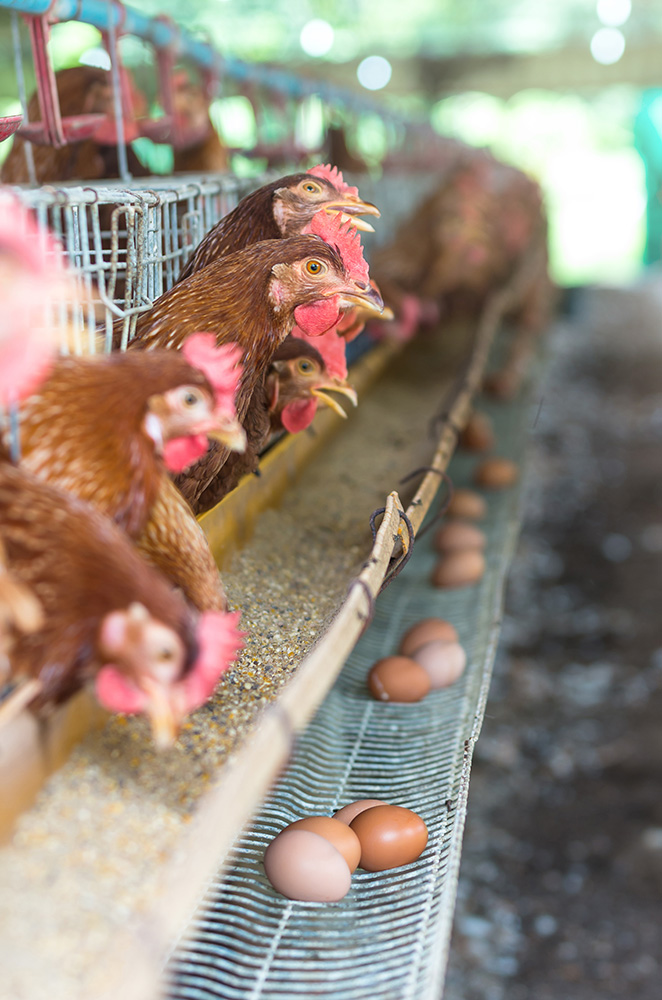
Pork
Despite the high cost of fuel, transportation, energy, feed, labor, etc., the availability of pork has been good and prices stable. That appears to be changing as demand from retail is putting pressure on supplies and when combined with lighter hog weights and ongoing disease issues, supply is described as “barely adequate to short”.
- Butts – We are starting to see the rise in boneless butt prices as this item is a great value for retail consumers. Expect to see prices move up to $.25 lbs. by the end of August.
- Ribs – Contrary to historical seasonal trends, prices for ribs which were somewhat soft now have a steady outlook and if retail demand continues, could firm up higher.
You can expect to see rising prices across most pork cuts including BI loins, boneless loins, picnics, and bellies.

Pork & Poultry Market Overview
The Pork and Poultry industry continues to struggle with high input cost, labor challenges and transportation/logistical issues but still must meet the demand of the retail and Foodservice consumer.
Here are practices they have started to help improve their operations
- Flexible scheduling program to address labor challenges and help retain workers
- Processors will continue to reduce SKUs and focus production on their most profitable items
- Manufacturers have implemented conditions on ordering of product such as ordering by pallet quantities only, increasing lead times for distributers placing orders that will give them additional time for scheduling of production, increasing order size minimums to reduce the number of stops a truck must make or adding a fuel surcharge to help offset the high cost of diesel fuel
- Installation of automation technology in the plants are moving at a much faster rate to help improve efficiency, increase capacity, and improve product yield
Packers/processors are looking ahead to meet the increasing demand for protein and to prepare for long term growth but must also weigh the effects inflation and a possible recession can have on demand.
Beef
Post Omicron surge, the labor situation at beef plants has improved considerably in comparison to this time last summer. However, the quality of workers remains a challenge as evidenced by the higher frequency of mispacks and workmanship issues.
Higher input costs for fuel, animal feed, and fertilizer continue to keep prices at elevated levels. Additionally, despite inflation eroding consumer spending, the demand for beef remains strong. As shown by strong travel this summer, consumers continue to spend even with a potential recession looming. Export demand is also expected to remain robust with China leading the way. This overall demand has supported higher prices.
As shared last month, the most critical issue facing the beef industry is widespread drought conditions across many parts of the country. We should expect potential supply issues as soon as the end of 2022. Long term, we forecast beef supplies to be tight for the next 3-4 years.
With the high cost of feed and drought conditions, ranchers are sending their cattle to slaughter earlier. As a result of this, we are now seeing lighter weight cattle and substantial reduced grading for choice, prime, and premium grades (CAB, SS, PSA).
Despite reduced availability, demand continues to remain strong for prime and premium grades (CAB, SS, PSA) regardless of cut.
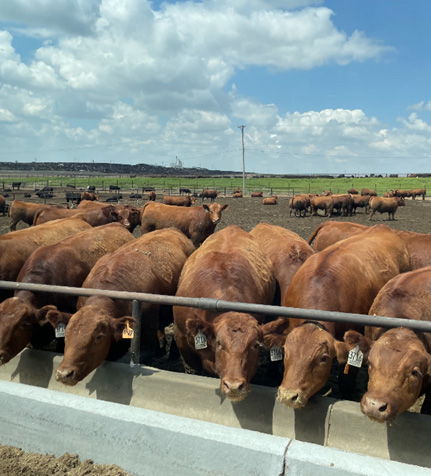
- Ribeye pricing which had been increasing has started to weaken primarily due to lukewarm retail demand. Even with lower pricing, retailers have been reluctant to commit to large ad buys due to consumers favoring less costly cuts such as chuck rolls and top sirloin items.
- Striploin pricing has increased to high levels again largely due to retailers featuring striploins instead of ribeyes for their summer grilling ads. However, we do expect pricing to start decreasing within the next month as we approach fall.
- Chuck flat pricing which recently decreased by $.55 this month will be decreasing again by another $.65 for August. This additional price reduction is due to renewed port congestion in Asia and devaluation of the Japanese yen which has affected the flow of U.S. beef exported to Asia. Although this is welcome news, please be advised that there is still much uncertainty as to what lies ahead due to the ongoing inflation and evolving COVID situation in Asia. Additionally, the supply of chuck flats continues to remain tight so please reach out to your account manager if you have any concerns.
- Oxtail and short rib pricing which just decreased again this month is poised to remain steady for now.
The biggest uncertainty for the beef industry is how inflation impacts consumer spending and consumption moving forward. Ultimately the future price levels for beef will be dictated by American consumers and what they are willing to pay.
Seafood
- Snow Crab – The market has stabilized for now. We are planning to secure more product 8/up’s in the next several weeks.
- N-Atlantic Lobster Tails (Cold Water) – Product from the current season is starting to arrive into our inventory and our prices will begin to trend down. The smaller tails and meat (cooked and raw) are readily available. Supplies the larger 6/7 tails are starting to become a little scarce, the current season doesn’t usually produce a lot of large tails.
- Poke Cubes –Cost will increase by $0.30/lb. September on will see a price increase of another $0.25/lbs. Please expect an increase of $0.55/lbs. in total from October on. Saku Blocks will take a larger jump of $1.30/lbs.
- Mahi – The Taiwan season has come to a close. The next season, in South America, will not start until September and usually provides larger catches than Taiwan. Hopefully it will be a good season. If not, expect the prices for Mahi to climb even more.
- Shrimp – As a category overall (Black Tiger and Asian Whites), pricing seems to be stable with a little sign of weakness and there is a fairly good supply of product.
